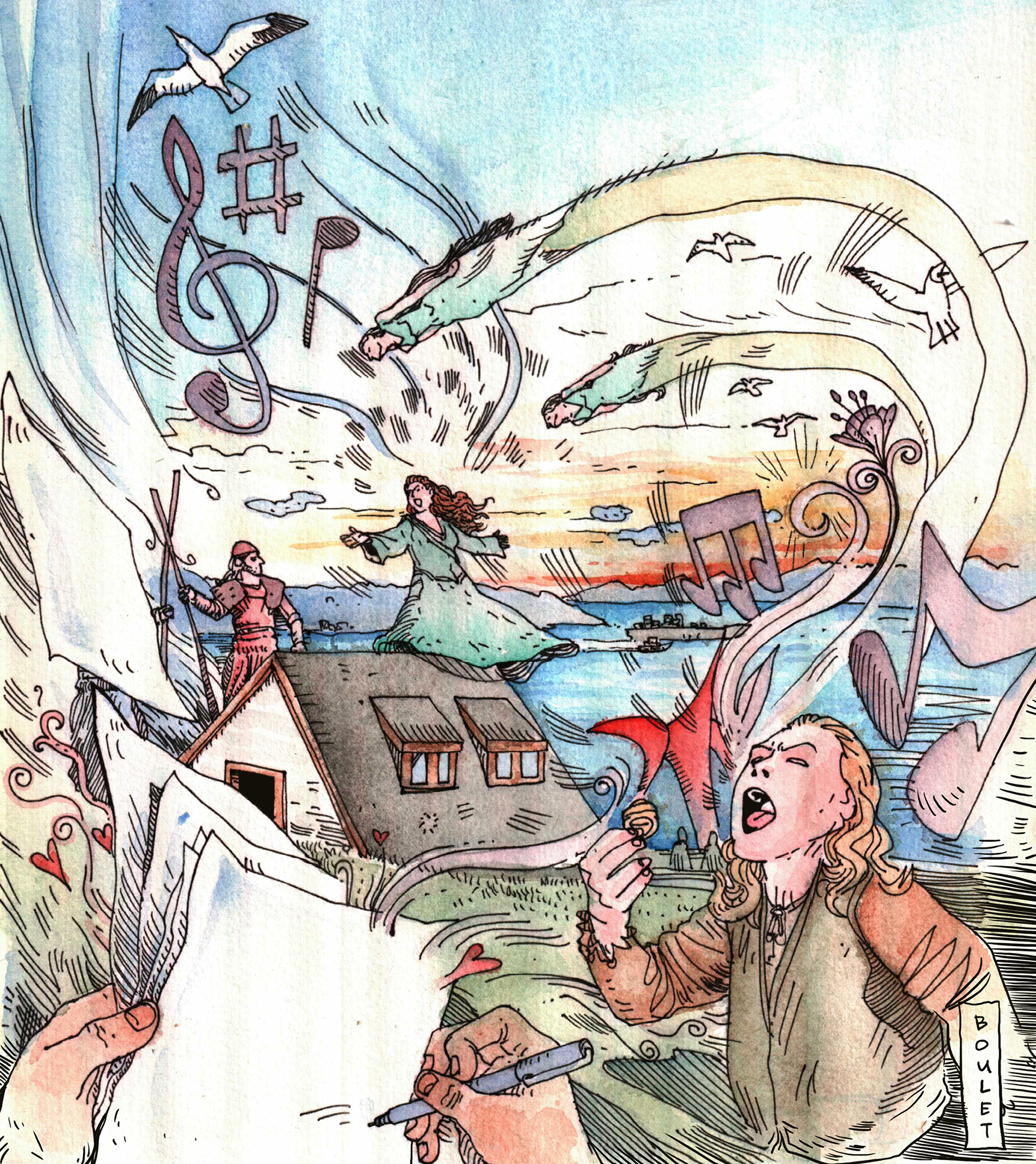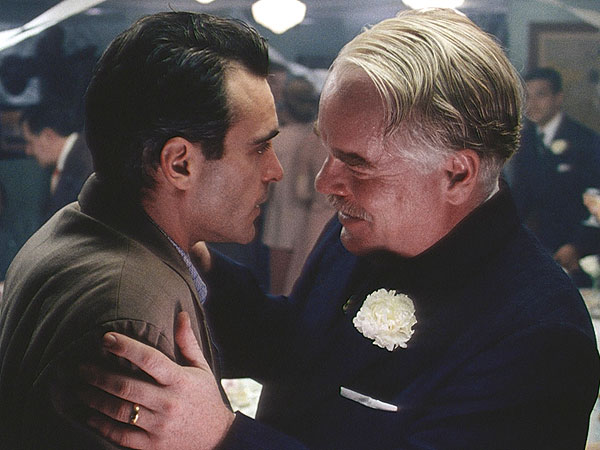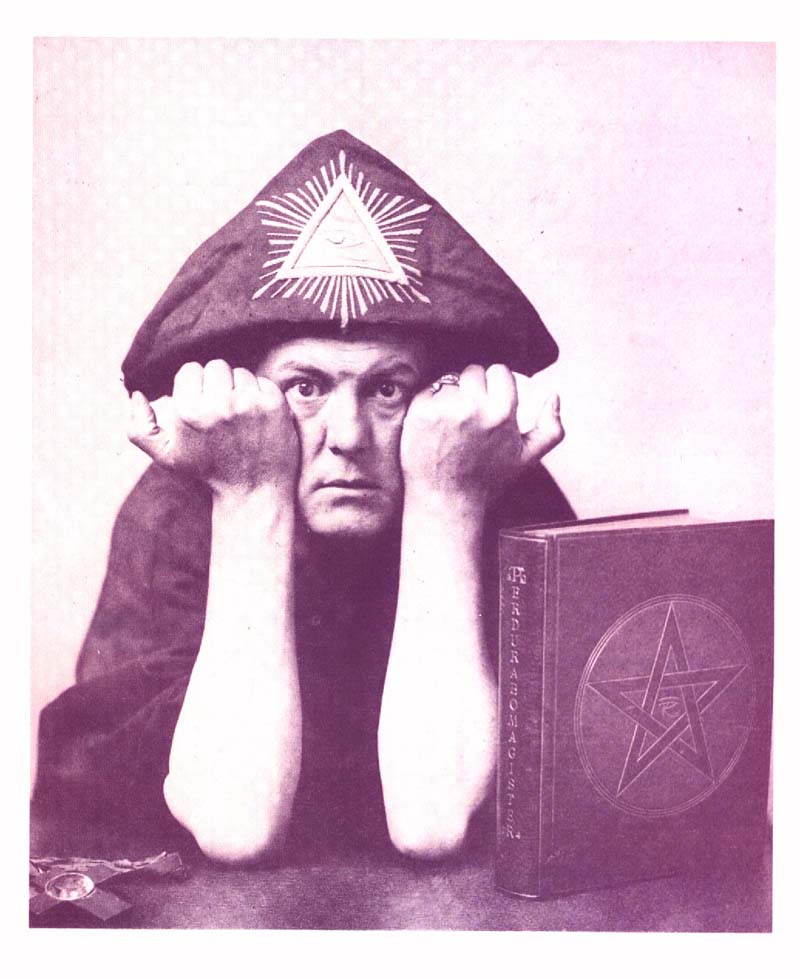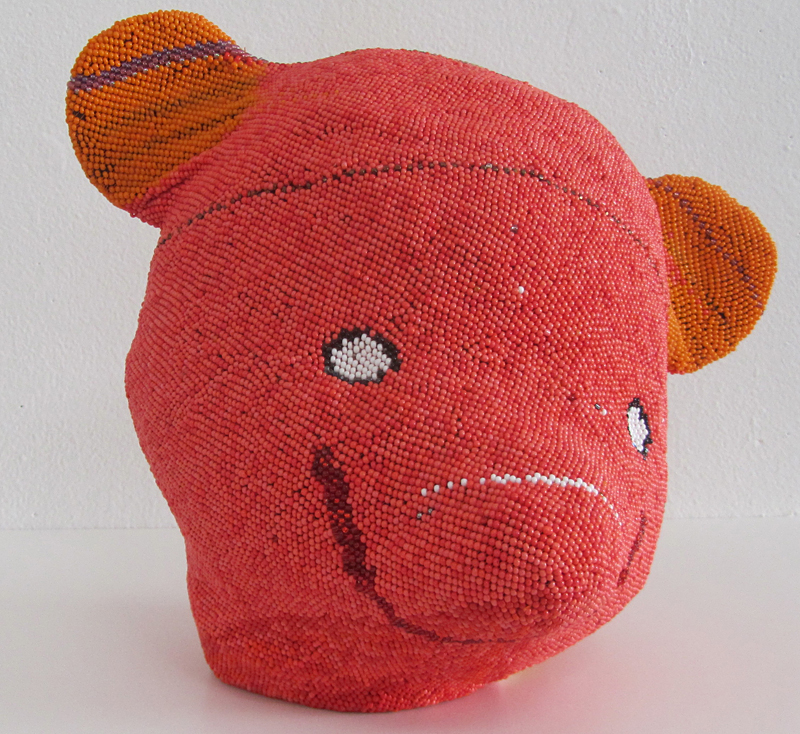WEDNESDAY 10/10
Books: 9 Against 1
If you’ve already read his Supreme Court dispatches in The New Yorker, from John Roberts’ bungled presidential oath-giving to Citizens United to the shocking 5–4 Obama-care decision, there’s nothing new in Jeffrey Toobin‘s The Oath: The Obama White House and the Supreme Court (Doubleday, $28.95). Still, with the court back in session this month and the election less than four weeks away, he should have plenty to say about two overlapping new terms. First, no matter who wins the White House, Chief Justice Roberts remains in office, for life, and he has no boss. On the docket are important cases involving same-sex marriage, affirmative action and college admissions, and whether the Southern states can finally escape the Voting Rights Act of 1965. The latter of course would allow more voter-ID laws and redistricting to create safe Republican seats, further strengthening the party’s hold on Congress and state legislatures. That brings us—and we hope Toobin in his remarks tonight—to the second great clash between Obama and the court(s). Believe the polls, and he wins a second term. But Toobin and others say Obama is way behind in filling court vacancies. Ginsburg is 79, Breyer 74, and Scalia and Kennedy are 76. To fill any of those possible vacancies, and dozens more in lower courts, Obama will face a Republican Party with little incentive to compromise and every reason to filibuster. All of which will give Toobin much to write about during the next four years. (Presented by Seattle Arts & Lectures.) Benaroya Hall, 200 University St., 621-2230, lectures.org. $5–$70. 7:30 p.m. BRIAN MILLER
THURSDAY 10/11
Visual Arts: Maar, Maar, Maar
Elles is coming! Elles is coming! SAM’s big fall show is actually two shows: Elles: Women Artists From the Centre Pompidou, Paris, plus a smaller companion exhibit from the museum’s own collection (call it Filles if you wish). Big Elles is a traveling exhibit featuring over 70 artists, with boldface names including Frida Kahlo, Diane Arbus, and Cindy Sherman—in other words, they’re not all Frenchwomen. But one Gallic artist among the throng will seem familiar after SAM’s 2010 Picasso show, if you remember his famous Portrait of Dora Maar (one of several such portraits). His lover, muse, and model during the late ’30s and early ’40s, Dora Maar (1907–1997) had already earned her fame as a Surrealist-influenced photographer when they met. Her untitled 1934 juxtaposition of a snail shell and a woman’s hand is a fine example of her sensibility, both grotesque and sexual; you can see what drew Picasso to her. After their long affair, replaced by Françoise Gilot, Maar became an art-world recluse and legend, something of a martyr to her one great love. Julianne Moore portrayed her in Surviving Picasso (opposite Anthony Hopkins), and now Gwyneth Paltrow is slated to play Maar opposite Antonio Banderas in a new Picasso biopic. Even if unlucky in love, she’s no mere victim in her own creations. (Through Jan. 13.) Seattle Art Museum, 1300 First Ave., 654-3100, seattleartmuseum.org. $11–$17. 10 a.m.–9 p.m. BRIAN MILLER
FRIDAY 10/12
Music: One Master, Many Apprentices
Now in its 24th year, the Earshot Jazz Festival will feature dozens of prominent local players, plus visitors ranging from Bettye LaVette to Philip Glass to Branford Marsalis. The fest offers 50 shows at venues all over the city, from small clubs to Benaroya Hall, where tonight the Garfield High School Band performs a tribute to Clarence Acox, who’s taught music at that school for 35 years. (It’s no coincidence the mayor has proclaimed today Clarence Acox Day.) He created Garfield’s now nationally renowned jazz program in 1979, and co-founded the Seattle Repertory Jazz Orchestra. As a result, just about every player in Seattle knows him or was taught by him, which means a host of special guests will be sitting in tonight with the master. (Through Nov. 4.) Benaroya Hall, 200 University St., 547-6763, earshot.org. $9–$18. 7:30 p.m. BRIAN MILLER
Stage: Ma-Rama-thon
How could any playwright make sense of the Hindu epic Ramayana? With monkey gods, multiheaded deities, epic battles, seduction, and betrayal, the seven-volume text would seem impossible to condense into a single stage production. Yet given the daunting task of adaptation were Stephanie Timm and Yussef El Guindi, who says, “In general terms, it’s a lover’s torturous journey set against a backdrop of gods and war. A boy [Rama] falls in love with a girl [Sita]. The girl gets kidnapped by an evil king [Ravana], and Rama sets off to rescue his wife.” And despite the cast of thousands, says El Guindi, it’s been pruned down so that “like the Iliad, it’s fairly straightforward. In its condensed version, it’s an adventure story. It’s about someone being initiated and having to test his mettle.” And through Rama’s adventures, various ethical dilemmas are raised: “Divine principles versus greed and the flesh. Love versus duty. The ever-ravenous desire for power—and then that power’s demands and ultimatums. It’s also about choosing the right action, regardless if that choice might be the harder journey. It’s all that plus demons, monkeys, and battle scenes thrown into the mix.” And if you need a little more Rama-incentive: There are two intermissions in the nearly three-hour show. Kurt Beattie and Sheila Daniels direct. (Previews begin tonight. Opens Oct. 18, ends Nov. 11.) ACT Theatre, 700 Union St., 292-7676, acttheatre.org. $15–$55. BRIAN MILLER
SATURDAY 10/13
Stage: Tales of Travails
Veteran character actor Stephen Tobolowsky has finally achieved the kind of fame that depends not on his familiar face but on his singular voice as a storyteller. With a long list of IMDb credits to mine (right up to The Mindy Project!), his podcast/radio show The Tobolowsky Files is rich in material—now adapted into a book, The Dangerous Animals Club (Simon & Schuster, $24). What makes Tobolowsky so appealing? I think it’s his humility and his willingness to be surprised. Starting on Texas stages in the ’70s, then moving to Hollywood, he’s met people on every rung of the showbiz ladder—moving in both directions. Today he’s recovered from bypass surgery, which he had hoped to avert by “looking for a solution that didn’t involve not eating fried chicken,” he says in a recent podcast about his ordeal. What was the undiagnosed cause of his fatigue? “I just thought it was the apathy brought on by how bad movies had been recently.” Later in post-op, doped up on Michael Jackson–caliber meds, he’s told by a nurse that she’ll yank the catheter on the count of three. “I opened my mouth to say ‘One . . . ‘ ” Tobolowsky recalls, “and then she pulled. I thought it was revealing that modern medicine was using a strategy last employed in a Mad Max movie.” The Moore, 1932 Second Ave., 877-784-4849, stgpresents.org. $27.50. 8 p.m. BRIAN MILLER
MONDAY 10/15
Film: True Colors
“I have said all I need to say on film,” Krzysztof Kieslowski proclaimed after completing his “Three Colors” trilogy in 1994. Directors are prone to such sweeping statements, but his untimely 1996 death proved him right. These films stand as his final cinematic statements. Individually, Blue, White, and Red reflect the French flag and the ideals of the motto “liberty, equality, and fraternity” through a Kieslowskian exploration of the human experience, but these are not hymns to patriotism or national identity. This trilogy reaches beyond national borders to become a portrait of the new post-Soviet Europe, as well as a rumination on the mysteries of his beautiful leading ladies: Juliette Binoche (a grieving widow in the hushed Blue), Julie Delpy (a frustrated ex-wife in White, a comedy of capitalism and revenge), and Irène Jacob (a model in the warm, forgiving Red). The films stand on their own as individual experiences, with Blue the most intimate and poetic of the three, and Red the most complex and densely woven. But the subtlest details weave through the trio and gather them into the same cinematic universe. They echo with doubles and disconnected relationships that dance around one another until Red‘s final scene pulls all three together into an experience greater than the sum of the parts. (Through Thursday; exact schedule still pending.) SIFF Cinema Uptown, 511 Queen Anne Ave. N., 324-9996, siff.net. $5–$10. SEAN AXMAKER








